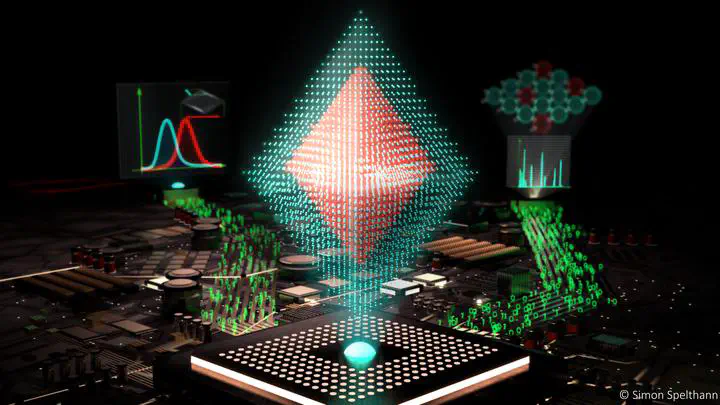Numerics

Computational methods to numerically investigate active (nano-)materials or passive photonic structures.
The main part of my PhD thesis was to develop and benchmark numerical simulations based on a Monte Carlo approach to describe the dynamics of the excited state in LiYF{_4}:Pr{^3+} . Trivalent Praseodymium is an intersting lanthanide ion because it provides various emission lines in the visible from transitions originating from the {^3}P{_0} level. I identified the relevant mechanisms contributing to the population and depopulation of this level considering energy transfers such as cross relaxation as well as multiphonon quenching and implemented them in the numerical model. Based on experimental results I was able to fit the simulations to the real system and to predict the excited state lifetimes and quantum yields of unkown particles.
Based on Bayesian optimization I numerically improved the design of such particles considering core-shell designs.
Further experiences in numerical studies cover rate equations of gain materials such as lasers, amplifiers, or stimulated emission depletion microscopy setups, beam propagation method simulations of specialty optical fibers, and Fourier-domain/time-domain simulations of photonic structures in MEEP.